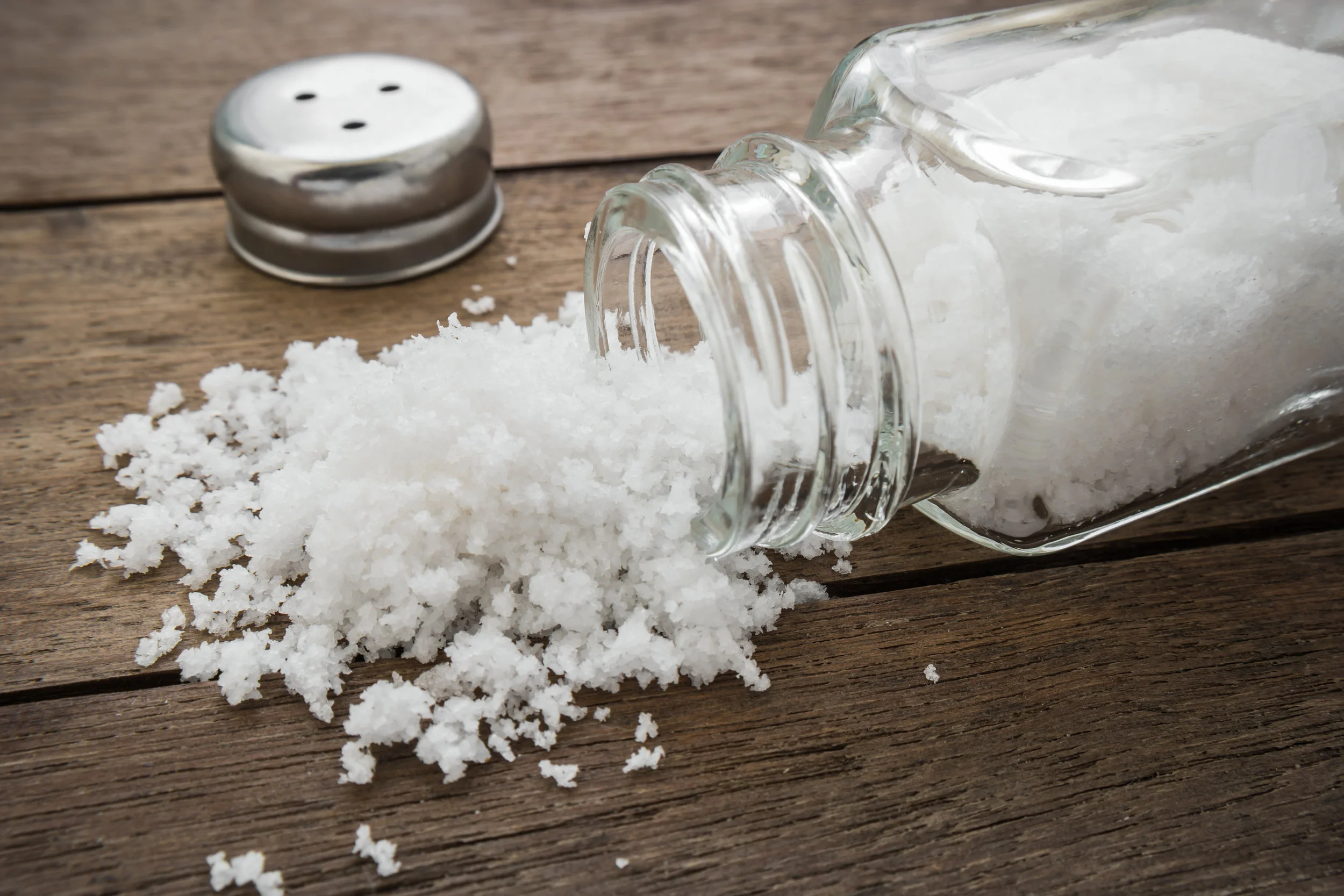Snacks can be a fun, healthy and necessary means of keeping us fueled throughout the day. The goal of a snack should be to choose foods with minimal calories but offering fiber and protein taking the edge off our appetite between meals.
The last thing you want to do is turn a snack into a mini-meal – those calories add up quickly. Studies have shown that depending on your food choices, those snack calories can easily add up to 25-30% of our total calories for the day.
To avoid this scenario that could be sabotaging any weight loss efforts you are attempting, here are 10 very healthy and very low calorie nutrient-rich snack ideas combining the all-important fiber and protein combo tiding you over until your next meal. And remember, three meals a day and one to two low-calorie snacks evenly spaced between those meals, is one of the best approaches for winning the battle against weight gain.
1. Six ounce container of fat free Greek yogurt with ½ cup of fresh fruit
This combo is hard to beat for combining a high-protein, high-fiber snack. Fat free Greek yogurts can contain upwards of 12 grams per container at around 100 calories while fresh fruit of any kind of berry – strawberries, blueberries, raspberries – provides a healthy carb with fiber.
2. Skinny turkey or chicken sandwich
Look for a thin crust or flatbread containing no more than 100 calories per slice, top with 2 ounces of sliced turkey, add in lettuce, tomato and mustard and you’ve created a perfect snack blend of protein power and fiber filled goodness.
3. Apple slices with 2 tablespoons of peanut butter
An iconic and ideal snack merger just about everyone likes. Filling fiber from the apple and quality protein from the peanut butter and just under 200 calories fits the bill.
4. Fresh vegetables with ¼ cup guacamole
The healthy monounsaturated fat found in avocados combined with fiber rich veggies will keep you feeling satisfied for hours. For a bit of a protein boost, have a small handful of almonds.
5. A hard-boiled egg with whole wheat crackers
Considered the gold standard of high-quality protein, one egg provides 6 grams with just 70 calories. Combine it with 6 fiber-containing whole wheat crackers for an enjoyable nutritious snack.
6. 3 cups of air-popped popcorn and one-fourth cup of soynuts
Popcorn may be just about the perfect snack. It’s the only snack that is a 100% unprocessed whole grain with 3 cups providing 3.5 grams of fiber, only a mere 31 calories, and more than 70% of the daily intake of whole grain. Another boost popcorn provides is an antioxidant called polyphenols. The hulls of popcorn – the part that tends to get caught in teeth – actually has the highest concentration of polyphenols and fiber. So eat up and don’t overlook the hulls.
Pair popcorn with soynuts – a quarter cup has about 120 calories, a generous 11.9 grams of protein, and also provides 4.9 grams of fiber. A match made in snack heaven.
7. 100-calorie packs of nuts – mixed or not
Whether you choose pistachios, walnuts, almonds, peanuts or cashews, these protein and fiber-filled nuggets are a number one go-to snack every time. Don’t have the 100-calorie pack of nuts? The following amounts are equivalent to 100 calories – 30 pistachios, 17 peanuts, 13 almonds, 11 cashews, or 7 walnuts.
8. Pear with string cheese
This healthy duo certainly meets the qualifications of a fabulous snack less than 200 calories and packed with protein and fiber. A medium-sized pear provides 100 calories with 6 grams of fiber while a stick of string cheese provides 6-7 grams of protein and 80 calories– perfection!
9. Light chocolate soymilk and a small banana
Now here is a combination for those with a love of chocolate. One cup of light chocolate soymilk contains 3 grams of protein, 90 calories and 50% more calcium – 450 milligrams - than dairy milk. Enjoy it with a small banana just under 100 calories squelching hunger pangs until the next meal.
10. Honey peanut butter protein energy balls
Protein energy balls are everywhere and for a good reason. They provide a good source of protein (6 grams) and fiber (2.5 grams) and taste oh so good. This recipe is super simple to make with common ingredients – to keep the calories under 200, shape the balls slightly smaller than a ping pong ball.

















